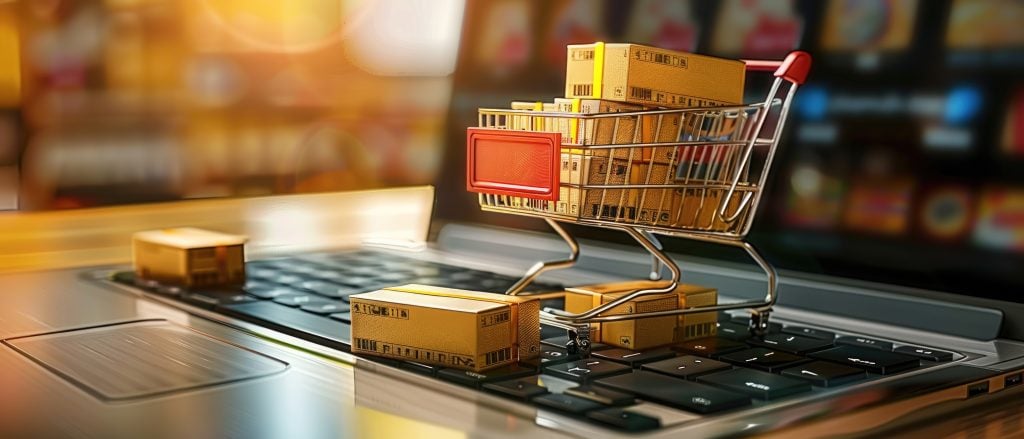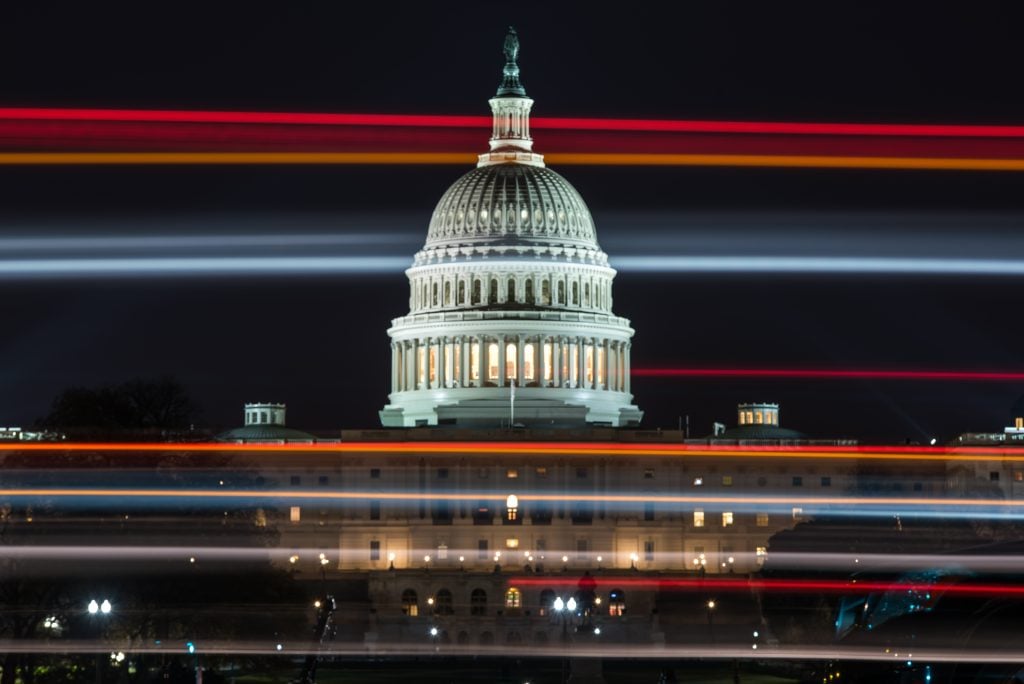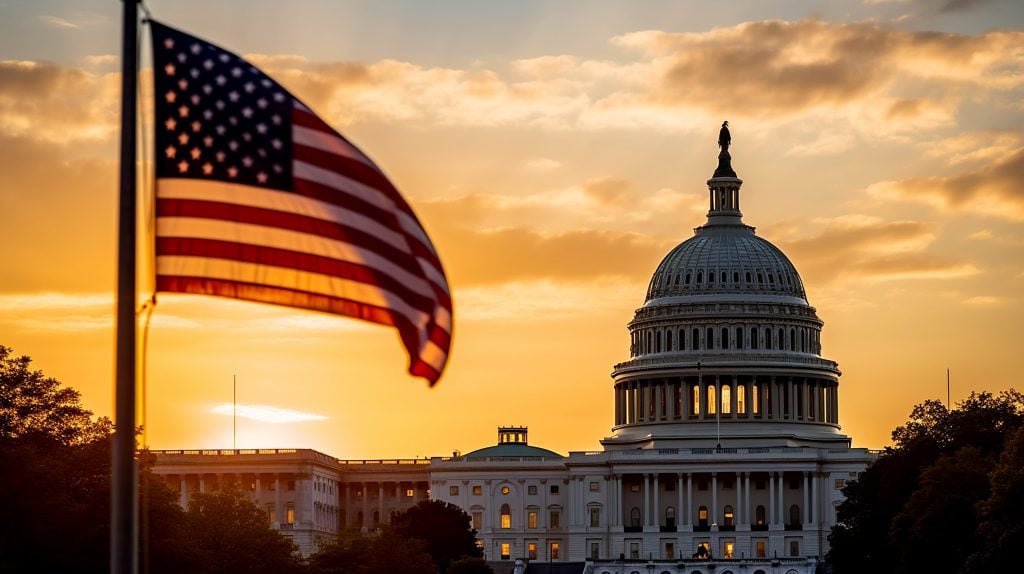
The world has undergone numerous changes since 2020. Pandemic lockdowns may be in the rearview mirror, but the way we live, work, and spend has been rewritten.
As we move into 2026, the economy is hybrid, attention is the new currency, and “trust” might just be the most valuable brand asset on the planet.
Consumers have become savvier, more selective, and far less patient. Inflation has tightened wallets, AI has changed expectations, and loyalty? It’s no longer about who shouts loudest — it’s about who shows up with purpose, personality, and value.
Not Business as Usual — Again
After a few years of volatility, consumers are striking a balance between optimism and caution.
They’re still spending, but they’re doing it smarter: buying from brands that feel human, local, and values-driven.
The big story? People are editing their lives.
They’re cutting what doesn’t spark joy — or ROI — and doubling down on what matters most.
According to recent consumer insights from McKinsey and Deloitte, discretionary spending is flattening while essentials, wellness, and digital services continue to rise. Experience still beats stuff, but the definition of “experience” now includes convenience, personalization, and a frictionless digital journey.
The 2025 Consumer Personas
Back in 2020, we discussed the concepts of “Save and Stockpile” or “Hibernate and Spend.”
In 2025, those personas have evolved; call it the Remixed Consumer Economy.
The Value Hacker
Half couponer, half data scientist. This group compares everything — including subscriptions, delivery fees, and flight options — and utilizes AI tools to find the best deal before checkout.
They’re loyal to value, not necessarily brands. If you’re not transparent, they’ll swap you out in a heartbeat. Think of them as the new “smart shoppers,” powered by ChatGPT and Chrome extensions.
Marketing takeaway: Show your math. Be upfront about pricing, perks, and ROI. Transparency wins over flash.
The Ethical Optimizer
This is the “vote with your wallet” crowd. They want purpose-driven brands, low-carbon footprints, and leaders who walk the talk.
They’ll spend more on companies that align with their ethics — and ghost those that don’t.
Marketing takeaway: Authenticity isn’t optional. Consumers can spot performative virtue from space. Align your values with your actions, not your hashtags.
The Digital Native Maximalist
This generation (mostly Gen Z and Gen Alpha) doesn’t differentiate between online and offline; it’s all one continuous experience.
They expect instant gratification, mobile-first everything, and entertainment baked into commerce. TikTok is their search engine, and if your brand isn’t discoverable there, it basically doesn’t exist.
Marketing takeaway: Stop selling and start storytelling. Be entertaining, visually appealing, and concise. You’re competing with memes and microtrends, not just your direct competitors.
The Wellness Hedonist
They’ve traded retail therapy for recovery therapy. This group invests heavily in self-care, fitness technology, and experiences that help them reset, recharge, or escape.
Whether it’s an infrared sauna blanket, a solo retreat, or a monthly “mental health subscription,” they’re willing to splurge on feeling good.
Marketing takeaway: Position your brand as an enhancer of well-being. Consumers are buying how they want to feel, not just what they want to own.
Think Locally, Act Digitally
The regional divide is real.
Coastal markets continue to thrive in the tech and creative industries, while middle America leans into a manufacturing resurgence, logistics, and affordable living.
But here’s the universal truth: local still matters.
Even in an era of digital everything, people want brands that feel near — local tone, local relevance, and local empathy.
Micro-influencers, community tie-ins, and “near-me” search are where trust is being rebuilt.
Shopping is Now a Habit Loop
E-commerce has matured into a hybrid rhythm: part digital, part doorstep, part IRL.
We’re no longer shopping just online or offline; we’re shopping ambiently.
We buy from our feeds, from our phones, from our fridges, and sometimes from our car dashboards.
What’s trending up:
- AI-powered personal shopping assistants
- Social commerce via TikTok, Instagram, and YouTube Shorts
- Subscription flexibility (pause, pivot, or cancel anytime)
- Experiential retail, stores that feel like galleries or playgrounds
- Smart loyalty programs that reward loyalty
What’s trending down:
- Impersonal advertising
- Clunky checkout flows
- Greenwashing
- “One-size-fits-all” anything
How Businesses Can Stay in Step with 2026 Consumers
- Rebuild Trust, Don’t Just Retarget.
Consumers have seen behind the curtain. Be transparent, own mistakes, and communicate like a human, not a brand bot. - Design for Hybrid Lives.
Your product, service, and message should flow seamlessly between screens, stores, and shared spaces. - Lean Into Micro-Communities.
The internet is fragmenting into smaller, more cohesive tribes. Find your niche, then speak their language fluently. - AI is the New Assistant, Not the Strategy.
Use AI to personalize, predict, and perform, but keep the creative soul human. The brands that blend both will emerge as winners. - Make Every Touchpoint Emotional.
Price matters. Speed matters. But emotion is the difference between a transaction and a relationship.
Bottom Line
Consumer behavior isn’t just changing — it’s evolving in real-time.
The brands that thrive in 2026 will be the ones that listen more quickly, adapt more effectively, and act with genuine care.
Because today’s consumer doesn’t just buy your product —
They buy your story, your stance, and your ability to stay relevant in a world that’s moving at the speed of scroll.
Need help? We’re one call away.

